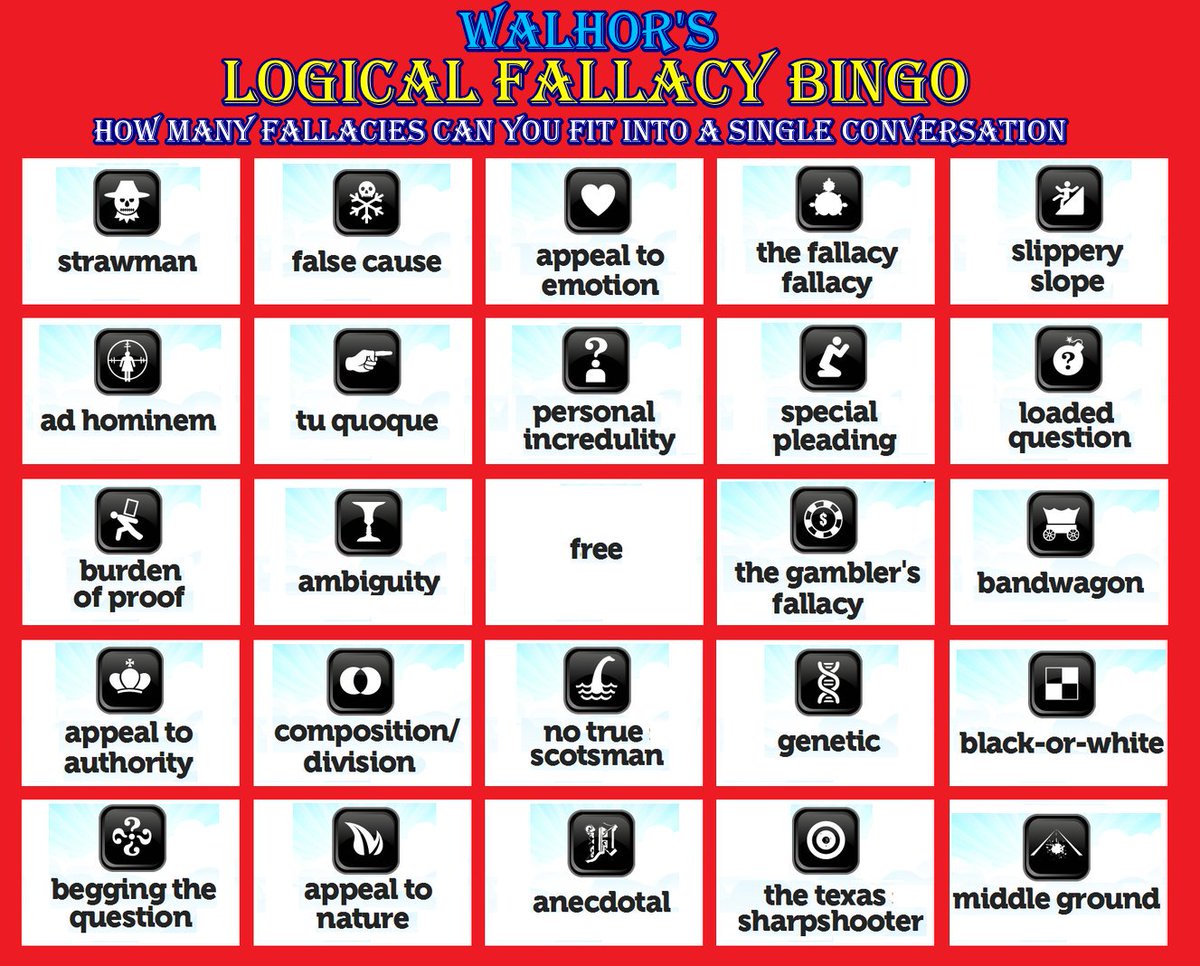How to spot the SUBTLER disinfo & trolls & bots & all that good sh*t [View all]
How to spot the SUBTLER disinfo & trolls & bots & all that good sh*t BY @AngelaArcese
How to spot disinfo. People have gotten savvier about recognizing Kremlin trolls, bots, and content. But some disinfo is subtler.
Bots = quantity. But there’s a quality game, too. The best disinfo comes from smart people you’re inclined to like, who share your values. Why does disinfo imitate content and people you trust? To control the narrative. Subtle disinfo provides frames that show you what to think about, and what not to think about. (And how to think.)
Here are some signs that you’re encountering disinfo. I’ll add to this list as I continue learning.
Anti-American: America's not perfect, but good critiques are focused and fair. Disinfo paints America as generally corrupt and in decline.
Anti-journalism. Red flags: saying journalism doesn’t require training; writing essays (w no reporting) and calling them journalism.
Anti-security. Disinfo may attack and undermine faith in our intelligence agencies, leaving America more vulnerable.
Ideological. Disinfo may shift the frame away from hard news and toward free-floating ideas and interpretations.
Embiggening. Disinfo may make figures such as criminal politicians seem incredibly powerful, rather than human and flawed.
Downplaying. Disinfo may make figures who actually do wield a lot of power seem small, down-and-out, weak, victimized.
Dystopian. Some disinfo pushes a dark and hopeless worldview that makes you feel doomed.
Avoids hard topics. Disinfo may avoid topics of national security, or Putin’s aggressions in Ukraine and Crimea.
Echoes more obvious disinfo. Watch out for people who push the same lines as RT and Sputnik, or say the same things bots and trolls do.
Discourages information seeking. Disinfo may paint you as foolish for feeling suspicious. Questioning assumptions feels taboo.
Causes a physical response. When I encounter disinfo, I may feel cold or nauseated. Follow your instincts and learn your own physical tells.
Drags up the past. For example, disinfo will hammer on America's past aggressions to distract from the present info attack on the US.
Uses stereotypes to discredit. A woman might be "nutty," "loony," "need meds." An older adult might be "washed up," "irrelevant."
Logical fallacies abound. To arm yourself, brush up on red herrings, ad hominems, appeals to authority, etc.
http://www.logicalfallacies.info

Case by case. Sift for disinfo article by article, journalist by journalist. Some publications are almost pure disinfo, but most won't be.
Trance-like. Disinformation can shut off rational thinking by heightening emotional state and using confusing messages.
This can happen no matter how intelligent and analytic you are. Thus I limit my intake of disinformation--even when I know it's disinfo.

I studied brand and corporate storytelling a bit. It's sort of . . . story lifted out of its context. Kind of cognition-oriented.
Focus on hero's journey, how story can alter behavior. Goal to sell or persuade, not story for story's sake. A real writer could miss it.


